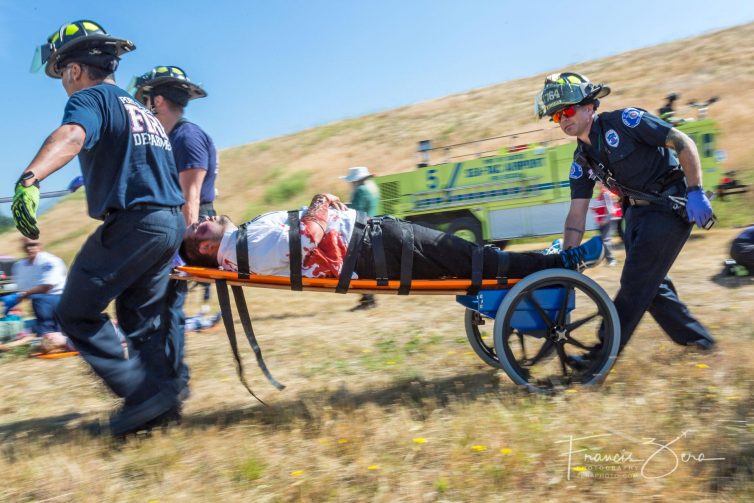
Firefighters from the Port of Seattle transport a simulated casualty during the airport’s recent triennial disaster drill
The FAA requires airports to conduct a comprehensive disaster drill every three years. On July 12, Seattle-Tacoma International Airport (SEA) did its thing, and it was quite a sight.
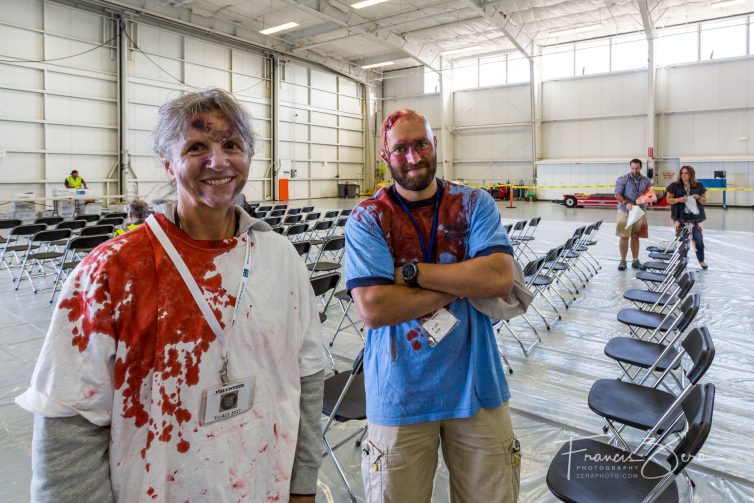
Volunteer “victims” hung out in a comfortable hangar, waiting for the drill to begin
Volunteer victims included employees of the airport, several airlines, airfield support companies, the FAA, and the TSA. They received elaborate makeup at a remote hangar in order to maximize the realism of the drill.
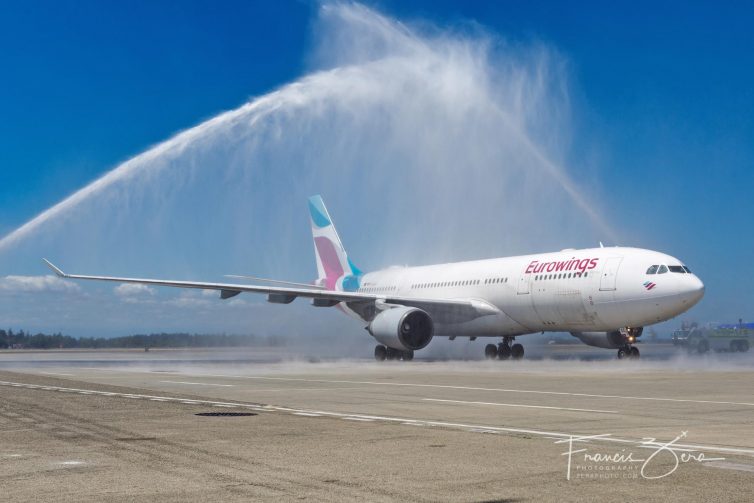
It never gets old: Sea-Tac’s fire department welcomes Eurowings to Seattle with a traditional turret salute.
Germany-based discount airline Eurowings launched thrice-weekly service to Seattle from Cologne on July 11, using Airbus A330s for the route. Eurowings is owned by Lufthansa Group..
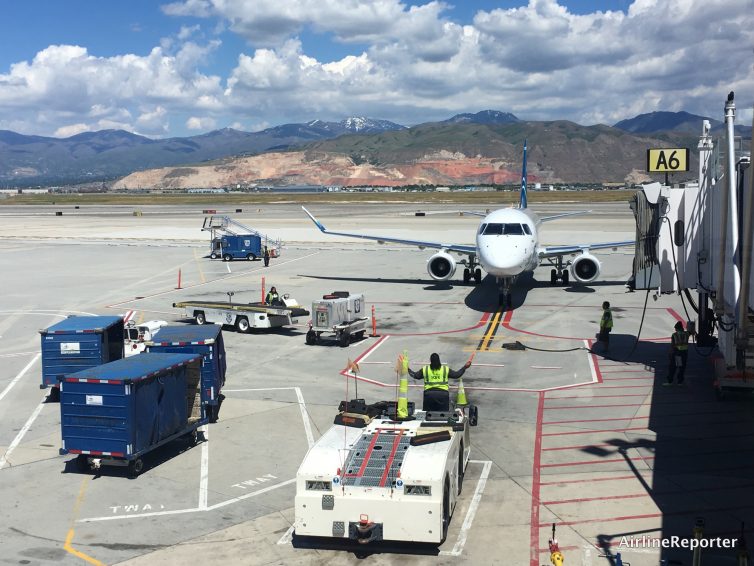
My first Alaska Air E175 pulls up to SLC
It has been a few years since I first flew on an Embraer E-Jet. That was on Air Canada, from Seattle to Toronto and I was sitting up front. The very long (for a smaller aircraft) flight was a breeze, but being in first class surely helped.
Since then, I have not had the opportunity to fly on another one. When I saw that Alaska Airlines was adding them to their fleet (via SkyWest and Horizon), I was excited. I figured it would only be a matter of time before I would get the chance to fly one, and when I recently took a trip down to Salt Lake City (SLC), I got my opportunity.
On my flight down, I flew on an Alaska 737-800 — been there, done that. But when I looked at my flight options back home, I saw that there was the option to fly on the E175. Yes’¦ that please.
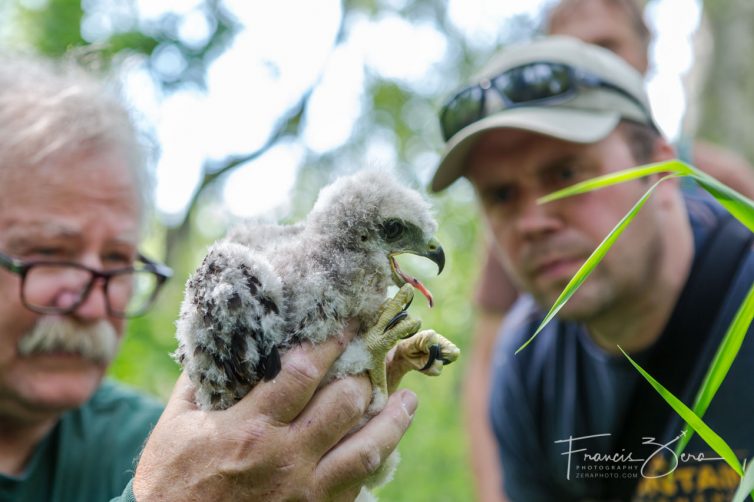
Raptor biologist Bud Anderson, left, holds a red-tailed hawk chick after it was retrieved from a nest 80 feet above the ground in woods adjacent to the airport.
Bird strikes are a problem for aviation, especially large birds. Damage can be expensive, and bird strikes have caused damage to aircraft that results in flight-control issues, a la US Airways Flight 1549.
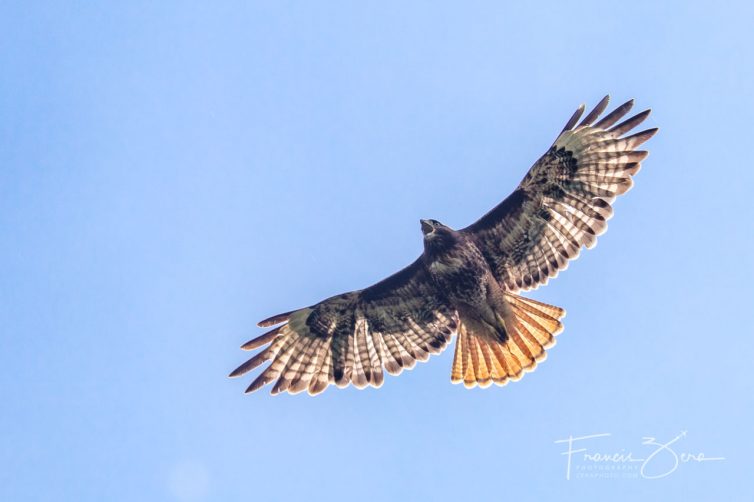
One of the parents of the raptor chicks being relocated reacts angrily to the intrusion.
According to an FAA report, “The annual cost of wildlife strikes to the USA civil aviation industry in 2015 was projected to be a minimum of 69,497 hours of aircraft downtime and $229 million in direct and other monetary losses. Actual losses are likely much higher.”
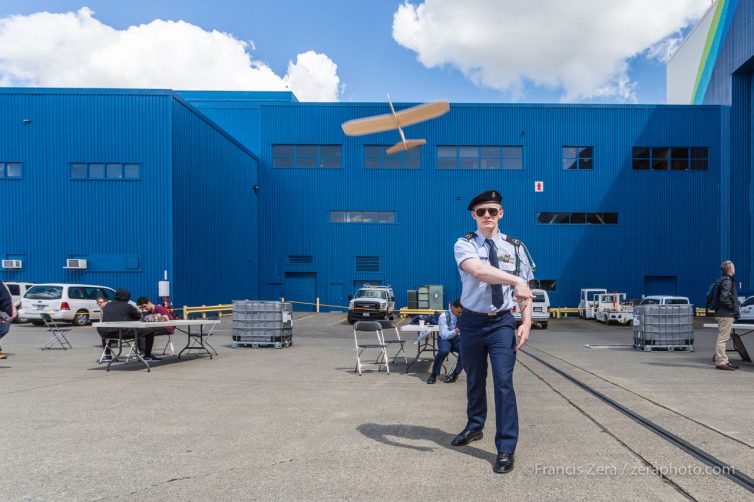
ROTC cadet launching a balsa-wood airplane
Roughly 1,200 high school and college students from across Washington state descended on Alaska Airlines’ maintenance facilities at Seattle-Tacoma International Airport recently to get a behind-the-scenes look at the aviation industry. More than 350 Alaska Airlines employees volunteered their time and expertise for the day.
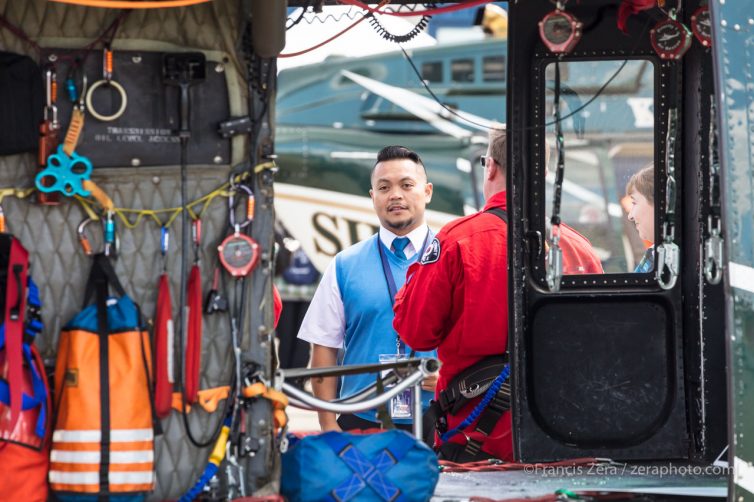
An attendee checks out King County’s search & rescue UH-1H helicopter
The Navy brought an EA-18G Growler over from Naval Air Station Whidbey, local, state, and federal law enforcement agencies brought vehicles and staff to answer questions about careers, and more than a dozen general aviation aircraft filled a hangar for students to see, and some were available for them to learn how to pre-flight, including a Piper J-3 Cub and a Cessna Caravan.







